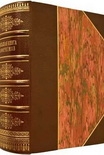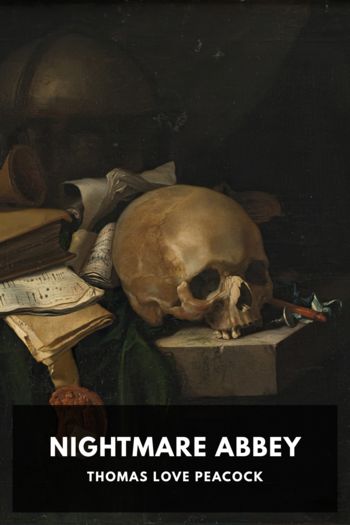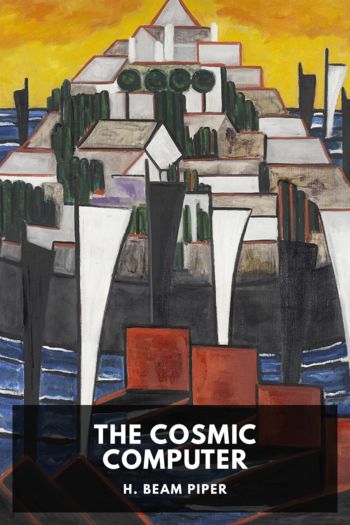Gluck, Diana Souhami [good novels to read in english txt] 📗

- Author: Diana Souhami
Book online «Gluck, Diana Souhami [good novels to read in english txt] 📗». Author Diana Souhami
I then had a confidential talk with her Mother about religion and America.
Just as I was leaving the gallery I caught sight of a picture of Dahlias which reminded me that it was Guy Fawkes day, no less. So I just called over to Miss Gluck to know if she liked Catherine wheels but I don’t think she quite heard me for she said something about feeling like that herself.
As I left the gallery the reporter from the Quiver was asking her if she would be photographed in Yogi costume for publication in next Sunday’s issue.
There was a noise in the gallery and I did not catch her reply.
The show could not have had better reviews or received more attention than it did: ‘Gluck is a remarkable genius’, wrote The Star Man’s Diary on Thursday 3 November, ‘and her pictures and their setting are arresting in the extreme.’ The reviewer talked of her exquisite flower pictures, her breadth of subject matter, her lifelike portraits which seemed about to step out of their frames and thought ‘The Expert Witness’ ‘in Burlington House would easily be the Academy picture of the year’. (In fact Gluck despised the Royal Academy annual exhibition.)
The reviewer for The Lady wrote of her ‘sensitive brush’ and delicate sense of tone, colour and composition: ‘no one who loves painting should miss this exhibition. It is perhaps not irrelevant that it occurs at the tercentenary of Vermeer …’ The Sunday Times talked of her clarity of definition, clean light colour, feeling for ‘stately design’ and ‘Florentine dignity of composition’, The Times of her ‘suavity of workmanship’. The Morning Post, Sphere, Tatler, Studio – all ran pictures of her work and gave enthusiastic reviews.
Twenty nine of her pictures were on show, eleven of them of flowers. The white group, ‘Chromatic’ was the central piece, many of the others were pre-Constance. There were ‘Tulips’ for the Queen, ‘Dahlias’ in a silver cup, orchids she called ‘Fleurs du Mal’ and ‘Chinoiserie’, a branch of catkins, seed pods and fruits. Besides the bosom that offended Queen Mary there was a more oblique sexy picture of a swollen lily concealed among fleshy veined leaves. Gluck called it ‘Undine’ (in mythology a female water spirit who, by marrying a mortal and bearing a child, receives a soul). There were the portraits of Gluck’s mother, James Crichton-Browne, Margaret Watts and Georgina Cookson, luminous landscapes from Cornwall and calm landscapes of the Loire valley painted on summer holidays, pictures of boxing in the Albert Hall, of the Rouse Trial and of Gluck’s old studio at Bolton House, the pony stable covered in snow. Molly Mount Temple bought ‘Oscar’, a fat, glistening, china bull.
The show was popular enough for The Fine Art Society to extend its run for a month. All the pictures were bought and The Gluck Room used for the next exhibition – of Dürer and Rembrandt engravings. Gluck designed a narrower and lighter version of her frame for this and had the gallery walls and frames painted a light grey. She bought a Dürer engraving herself and would point it out as proof of the timelessness of her frame.
Mr Dawbarn, director of the Gallery, wrote to her of ‘the splendid impression created by the room’, how ‘worthwhile and satisfying’ it had all been and how much he looked forward to her next exhibition. Commissions for portraits and flower paintings accrued and orders came for her special frame. Apart from her mother’s appeal for Royal patronage, it had all been on her terms. Her London reputation was secure and Macy’s of New York wanted to take the whole exhibition – walls, pictures, frames and all – and reconstruct it in their store. But day by day as the Depression deepened, the market for art and luxury dwindled. The Gluck Room was dismantled in Bond Street and went back to the timberyard.
The life of Gluck’s London in the thirties went on relatively undisturbed by the turbulence of international money markets, unemployment at home and German rearmament. She continued to produce ever more polished paintings and her 1937 exhibition was as successful as that of 1932. Two years later war swept away the world of high style she inhabited. She lost her home, her social circle, her sense of direction. She faded from the public eye and was never to regain her early fame. But more violent than war was the onslaught of love. It hit her in 1936 and gave her great pleasure and then great pain. She never really recovered from it.
PART TWO
LOVE
1936–1944
SEVEN
‘YOUWE’
My own darling wife. I have just driven back in a sudden almost tropical downpour in keeping with my feelings at leaving you – my divine sweetheart, my love, my life. I felt so much I could hardly be said to feel at all – almost numb and yet every nerve ready to jump into sudden life. I made straight for the studio and tried to be busy and have more or less succeeded, except that everything seems so utterly unimportant that isn’t us or connected with us.
I am interested now only in you and my work, a vast interest really and it doesn’t leave time or energy for anything else.
Dearest and Best – this brings you my love – my hopes that you have a good journey and every thought and wish for your happiness and health. Take care of your darling self for your own Boy-ee’s sake – if not for your own. I love you with all my being now and for ever. Good morning dear heart and goodbye.1
‘Medallion’ is a portrait of Gluck in love with Nesta Obermer. She went with Nesta to Fritz Busch’s production of Mozart’s ‘Don Giovanni’ at Glyndebourne on 23 June 1936. They sat in the third





Comments (0)